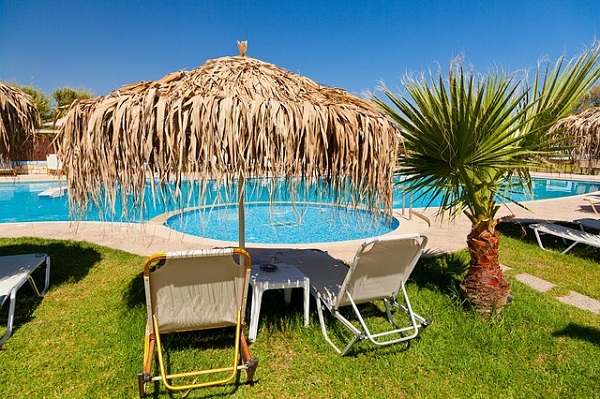
0800 377 7507
Get in touchA quick guide to sun protection
With summer on the horizon, it’s important to choose the right sun protection for you and your family. Over the past ten years, we have been made more aware of how powerful and harmful the sun’s rays can be, even on the dullest of days. However, with a myriad of options on the shelves and with various UVA/UVB terms being bandied around, choosing the right sun protection can be a confusing business. The professional cleaning experts at MOLLY MAID, believe that it’s vital to practise good and sensible sun protection at home in order to prevent damage to the skin, not matter what age! Find out more about the important factors to consider when choosing your protection:
UVA & UVB Rays:
The sunlight that reaches us is made up of two types of harmful rays:
1) Long wave ultraviolet A (UVA)
UVA rays penetrate deep into the dermis, the skin’s thickest layer.
Most of us are exposed to large amounts of UVA throughout our lifetime. UVA rays account for up to 95 percent of the UV radiation reaching the Earth’s surface. Although they are less intense than UVB, UVA rays are 30 to 50 times more prevalent. They are present during all daylight hours throughout the year, and can penetrate clouds and glass.
UVA, which penetrates the skin more deeply than UVB, has long been known to play a major part in skin aging and wrinkling, but until recently scientists believed it did not cause significant damage in areas of the epidermis (outermost skin layer) where most skin cancers occur. However, it has been proven that UVA contributes to and may even initiate the development of skin cancers so extra care must be taken.
2) Short wave ultraviolet B (UVB)
UVB, the chief cause of skin reddening and sunburn, tends to damage the skin’s more superficial epidermal layers. It plays a key role in the development of skin cancer and a contributory role in tanning and aging. Its intensity varies by season, location, and time of day. The most significant amount of UVB hits Europe between 10am and 4pm from March to October. However, UVB rays can burn and damage your skin year-round, especially at high altitudes and on reflective surfaces such as snow or ice, which bounce back up to 80 percent of the rays so that they hit the skin twice. UVB rays do not significantly penetrate glass.
SPF
This stands for Sun Protection Factor. Sunscreens are classified by an SPF number which refers to their ability to deflect UVB rays. The SPF rating is calculated by comparing the amount of time needed to burn sunscreen-protected skin vs. unprotected skin.
Use a broad spectrum SPF of 15 or higher to protect not only against sunburn, but also to reduce the risk of skin cancer and premature skin aging caused by the sun. Children and fairer skin need to be treated with a higher factor and remember to re-apply frequently even if the lotion claims that it is waterproof.
It’s better to be safe than sorry.
What to look for in sun protection?
- Since both UVA and UVB are harmful, you need protection from both kinds of rays.
- To make sure you’re getting effective UVA as well as UVB coverage, look for a sunscreen with an SPF of 15 or higher.
- Look for the level of UVA protection denoted by a UVA star rating or the letters UVA inside a circle (go for a 4 star rating at least) and UVB protection – denoted by the SPF.
- The UVA star rating ranges from nought to five and indicates the percentage of UVA radiation absorbed by the sunscreen in comparison to UVB.
- You may see the phrases multi spectrum, broad spectrum or UVA/UVB protection on sunscreen labels, and these all indicate that some UVA protection is provided.
Top sun protection safety tips:
- Protect the skin with clothing, including a wide-brimmed hat, t-shirt and sunglasses.
- Spend time in the shade between 11am and 3pm when it’s sunny.
- Use a ‘high protection’ sunscreen which also has high UVA protection and make sure you apply it generously and frequently when in the sun.
- Keep babies and young children out of direct sunlight and re-apply sun cream if they have been in water.
- Stay hydrated by drinking plenty of water or non-alcoholic fluids.
- The British Association of Dermatologists recommends that you tell your doctor about any changes to a mole. If your GP is concerned about your skin, make sure you see a Consultant Dermatologist (on the GMC register of specialists), the most expert person to diagnose a skin cancer. Your GP can refer you via the NHS.
Enjoy sun-bathing in the knowledge that you and your family are protected.
